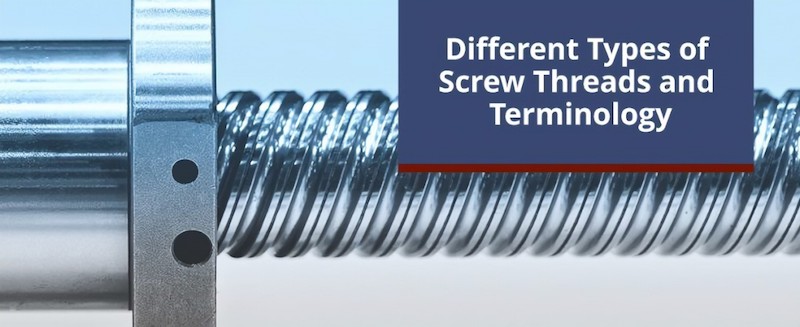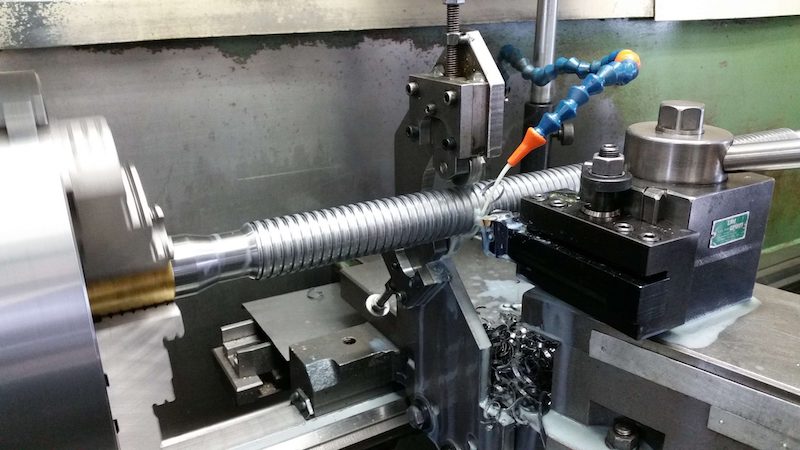The importance of threads and geometric parameters in precision engineering cannot be overstated. Threads are critical components in countless device systems, enabling devices to be assembled and operated. In addition, the geometrical parameters associated with threads play an important role in determining the reliability, performance, and overall performance of threaded connections. This article examines the complexity of thread types and the critical geometric parameters that engineers must consider for them very accurately.
Basis of systems Introduction to formulas in precision engineering
Threads are important in precision rapid manufacturing, forming the backbone of machine systems. From small devices to large industrial machines, wires are ubiquitous, providing vital mechanisms for collective movement, collection, and data transmission. Understanding the nuances of threads is essential for an engineer who is striving for accuracy and efficiency in their processes.
Common Threads Types

Standard Thread Types: ANSI, ISO, and DIN Standards
Immersing ourselves in the world of standardization, this section examines the standards of the American National Standards Institute (ANSI), the International Organization for Standardization (ISO), and the Deutsches Institut für Normung (DIN). Own distinctive characteristics occur, which affects functionality and performance of duties well suited.
Acme Threads: The perfect solution
Acme formulas are celebrated for their accuracy and performance, particularly in the importance of high accuracy and load-carrying capacity. This section examines the geometries and applications of Acme cables, highlighting their usefulness in a variety of technical contexts.
Thread Types - Learning threads: Improving circulating power
The rectangular-shaped wires are adept at delivering energy efficiently. In this section, we explore the geometric features of the square formulas and their applications in scenarios where smooth power transmission is a crucial factor.
Buttress Threads: Ideal for load-bearing applications
Known for their asymmetric shape, buttress cables excel in applications requiring high axial load-carrying capacity. This section describes the unique properties of buttress threads and sheds light on their application in precision engineering.
Thread Types - Pitch Diameter: A Crucial Dimension in Threaded Connections
In threaded assembly, the concept of pitch diameter plays an important role. Unlike outer diameters, the pitch diameter is the theoretical dimension just between the thread crest and base. This important geometric parameter greatly influences the attachment and disengagement of threaded components and plays an important role in determining the performance and reliability of threaded connections.
When engineers carefully design wired components, the diameter of the tone is an essential factor in the efficiency of the mated wire. The accuracy of this shape directly affects the ease of assembly and disassembly, as well as the overall performance of wireless mechanisms. If they deviate from the standard volume a, it can lead to anomalies, reduced load carrying, and compromised reliability in the long run.
Understanding the significance of pitch diameter requires consideration of its relationship with other geometric parameters. Pitch diameter directly affects tread depth, which affects the balance of strength and material consumption, as the delicate interaction of design considerations with fabrication precision to achieve the desired pitch diameter was investigated in parts, e.g. there, among others, and highlights the critical role of threaded connections in the success of precision engineering emphasizing various applications.
Thread Angle: Navigating the Helix
The yarn angle, commonly referred to as the helix angle, is an important geometric parameter that determines the helical shape of the fibres. Assuming that the yarn is a helix, the angle of the yarn represents the inclination of the helix concerning the axis of the yarn. The seemingly simple geometrical features have profound implications for the performance and load-carrying capacity of fiber cables.
For yarn types, such as V-threads or square yarns, the angle of the yarn determines the overall design and attachment. A steep yarn angle can increase the closure of the yarn itself, making it suitable for applications where axial forces are required to be resisted and reduced.
Engineers should analyze the hardwires based on the specific requirements of their application. The selection of the best thread face is a careful balance between factors such as axial load carrying capacity, flexible assembly, intended work of spliced fibres, etc., for optimal performance in various technical cases.
Crest and Root of Thread Types: The Peaks and Valleys of Threaded Profiles
The exploration of knots and roots is similar to finding the peaks and valleys of knotted yarns, revealing important insights into both the strength and durability of knotted connections. The knots represent the highest point of a thread, while the root is the lowest point of two adjacent internodes. Together, they form the basic building blocks of geometry.
The shape of the upper and base beams plays an important role in determining the load-carrying capacity, fatigue resistance, and overall integrity of the cabled structures. These parameters must be carefully defined by engineers for cables that the installation has been able to withstand power consumption and environmental conditions during its lifetime.
A firm understanding of crest and root shape is essential in high-pressure applications. Ignoring the importance of these factors can lead to early failure, as too much stress goes into these critical areas. This section delves into the geometrical nuances of crests and roots, emphasizing not only their role in instant mechanical properties but also in shaping the long-term performance and longevity of formulas in precision engineering in the 19th century.
Depth of Thread Types: Balancing Strength and Material Usage
Thread depth represents an important geometric parameter that directly affects the strength of threaded connections. It refers to the distance between the top of the thread and the base and determines how deeply the thread penetrates the material. A balance between the depth of the line and the materials used is necessary to ensure the efficiency and cost-effectiveness of the line segments.
Generally deeper fibers provide increased resistance to shear forces, making them suitable for applications where building integrity takes precedence, but deeper fibers occur with moving materials' surface costs and can affect the overall weight, price, and design of components.

In contrast, shallow lines reduce weight but can waste energy. Factors such as material types, expected loads, and desired strength levels in the structure are carefully considered to achieve the optimum thread depth. This section examines the theory and trade-offs associated with thread depth and provides insight into the delicate balance that engineers must strike to meet productivity and efficiency goals in precision engineering applications.
Thread Types - Tolerance and fit : For accuracy in threaded assemblies
In the complex world of precision engineering, achieving the correct tolerance and fit is of utmost importance to ensure the functionality and reliability of the threaded assembly. Tolerance means an acceptable variation in a dimension, whereas fit describes the discontinuity or verticality of longitudinal features.
The accuracy of wired connections depends on the engineer's ability to define tolerances that allow for changes in materials without compromising performance. Tight tolerances can ensure a good fit but also require accuracy more significant, potentially increasing costs. On the other hand, loose tolerances will allow greater flexibility but may lead to inaccuracies, affecting the overall performance of threaded components.
The fit, which is usually considered a clearance fit, an interference fit, or a transitional fit, further optimizes the relationship between the mating lines. Getting the right fit is a delicate balance considering factors such as thermal expansion, lubrication, and the specific requirements of the application.
Conclusion
Understanding concepts and associated geometric parameters is the cornerstone of precision engineering. Engineers must go through the complexity of cables, examine the advantages of special cables such as Acme, square, and Buttress, and consider geometric parameters such as pitch diameter, thread angle, crest and root dimensions, thread depth, tolerance, and fit well As technology improves to ensure the reliability and robustness of threaded connections in a variety of applications, a nuanced understanding of threads and geometric parameters will continue to be essential in shaping the future of precision engineering.
TEAM MFG can make different threads on your rapid prototypes, injection molding parts, and CNC machining parts etc base on your needs. Contact our team today to request a free quote now!





















